Ceiling Fan Mounting Bracket/Hook
₹312.00 Original price was: ₹312.00.₹260.00Current price is: ₹260.00.
Introduction to Ceiling Fan Mounting Brackets
Ceiling fan mounting brackets serve as the essential support structure required for securely installing ceiling fans. These brackets play a critical role in ensuring the safe operation and stability of ceiling fans, making them a key component for any installation project. There are various types of mounting brackets available in the market, each designed to cater to specific needs and ceiling types.
One common type of ceiling fan mounting bracket is the standard bracket, which is generally used for flat ceilings. This bracket usually consists of either steel or plastic materials, providing a robust support system for traditional ceiling fans. On the other hand, there are specialized brackets designed for sloped or vaulted ceilings, which ensure that the ceiling fan remains appropriately aligned and functional despite the angle of the ceiling. Selecting the right bracket for the specific ceiling type is vital to achieve optimal performance.
In addition to varying designs, mounting brackets can also differ in terms of compatibility with ceiling fan weight and size. Heavy-duty brackets, for instance, may be required for larger ceiling fans or those that include additional features such as lighting. Additionally, some manufacturers offer adjustable mounting hardware, allowing for greater flexibility in the installation process. Properly matching the bracket to the ceiling fan’s specifications and configurations not only increases safety but also enhances the longevity of the installation.
Furthermore, understanding the essential role of ceiling fan mounting brackets emphasizes their importance in any home improvement project. The right choice of bracket can prevent issues such as wobbling, noise, or even accidents arising from an insecure installation. Therefore, it is imperative to regard these mounting brackets as foundational elements that contribute to both the functionality and aesthetics of ceiling fans.
Types of Ceiling Fan Mounting Hardware
When selecting the appropriate mounting hardware for ceiling fans, it is essential to consider the specific requirements of your space. The most common types of ceiling fan mounting hardware include flush mounts, downrod mounts, and angled mounts. Each type serves unique applications and comes with distinct advantages.
Flush mounts, also known as hugger mounts, are designed to attach directly to the ceiling with minimal clearance. This type is ideal for rooms with low ceilings where maintaining headroom is crucial. Flush-mounted fans provide a sleek appearance while ensuring effective air circulation. The primary consideration is that they may not be suitable for large spaces, as their airflow may be limited compared to other mounting options.
On the other hand, downrod mounts use a rod to suspend the ceiling fan at a lower height. This type is commonly used in larger rooms or spaces with high ceilings, such as vaulted ceilings. By allowing the fan to hang lower, downrod mounts enhance airflow efficiency and improve the aesthetic appeal of the fan. However, ensuring the correct downrod length is vital to prevent hazards associated with excessive hanging length or insufficient clearance.
Angled mounts are specifically designed for installations on sloped ceilings. These mounts adjust to the slope’s angle, allowing the fan to be level while maintaining optimal airflow. They are particularly useful in areas such as attics or rooms with cathedral ceilings. When using angled mounts, it is essential to verify that the fan’s mounting bracket is compatible to ensure stability and safety during operation.
Choosing the right type of mounting hardware is crucial for ensuring the performance and longevity of a ceiling fan. Each option has unique features that cater to different ceiling types and room requirements. By thoroughly understanding these various mounting solutions, homeowners can select the most suitable hardware for their ceiling fan installation.
Installation Process for Ceiling Fan Mounting Brackets
Installing a ceiling fan mounting bracket is a meticulous process that requires attention to detail, proper tools, and adherence to safety precautions. To start, gather the essential tools: a stud finder, a drill, a screwdriver, a tape measure, and a level. Additionally, ensure you have appropriate safety gear such as goggles and gloves to protect yourself during the installation.
Begin by selecting the right location for your ceiling fan. It is crucial to choose a spot where the fan can achieve optimal airflow and is not obstructed by furniture or other fixtures. Utilize the stud finder to locate ceiling joists, as the mounting bracket must be securely attached to these for stability. Once you’ve identified the joists, measure the desired height for your fan, taking into consideration ceiling height and room dimensions.
Next, position the mounting bracket against the ceiling, aligning it with the joists. Use your level to ensure the bracket is straight. Mark the drilling points through the bracket’s mounting holes onto the ceiling using a pencil. Drill pilot holes at the marked points to facilitate a smoother installation. After pre-drilling, position the bracket back up against the ceiling and securely attach it to the joists using the appropriate screws. Make sure to tighten them adequately to support the weight of the fan.
A common mistake during this process is overlooking the need for a level installation. An unlevel fan can result in operational issues and aesthetic displeasure. Furthermore, avoid installing the mounting bracket in areas where there may be electrical wires, which can lead to potential hazards. Ensuring these steps are followed will help guarantee a successful ceiling fan installation.
Maintenance and Troubleshooting of Ceiling Fan Mounting Systems
Proper maintenance of ceiling fan mounting brackets and hooks is essential to ensure longevity and optimal performance of your ceiling fans. Regular inspections can help identify potential issues before they escalate into significant problems. It is recommended that you inspect your ceiling fan installation at least once a year. During these inspections, look for any loose screws on the mounting bracket, as vibrations from the fan can gradually cause them to become loose. Tightening these screws can significantly reduce wobbling and noise during operation.
Additionally, you should assess the condition of the mounting bracket itself. Signs of wear and tear may include rust, corrosion, or cracks in the material. If any degradation is present, it is best to replace the mounting bracket to prevent accidents. Inspecting the ceiling fan blades is also crucial; ensure they are securely attached and free from damage, as uneven blades can exacerbate wobbling issues.
Common problems with ceiling fans include wobbling and unusual noises during operation. If your fan wobbles, first check if the mounting bracket is securely fastened and that the blades are properly aligned. You can also use a blade balancing kit available at most hardware stores to ensure even weight distribution. If your ceiling fan produces noise, it may indicate a lack of lubrication or the need for cleaning. Dust and debris can accumulate on the fan blades and motor, affecting performance. Regularly dusting your fan and applying a suitable lubricant to the motor will help maintain a quiet function.
In conclusion, maintaining your ceiling fan mounting systems involves regularly inspecting and addressing any signs of wear, ensuring all components are secure, and troubleshooting issues promptly. This proactive approach will help extend the life of your ceiling fan and enhance your comfort and enjoyment. By keeping these components in peak condition, you can enjoy the benefits of a well-functioning ceiling fan for years to come.
Conclusion and Best Practices for Ceiling Fan Installation
In conclusion, selecting the appropriate ceiling fan mounting bracket and hook is crucial for a secure and efficient fan installation. This blog post has detailed the various types of mounting brackets available, including standard, angled, and low-profile options, each serving distinct purposes based on the ceiling height and room configuration. Proper installation techniques are paramount; therefore, adhering to the manufacturer’s instructions, ensuring electrical compatibility, and supporting weight specifications are fundamental aspects that cannot be overlooked.
To ensure optimal performance and longevity of your ceiling fan, it is advisable to implement routine maintenance practices. These practices include cleaning the fan blades regularly to avoid dust accumulation, tightening any loose hardware, and inspecting for wobbling. Additionally, during winter months, it’s beneficial to reverse the fan’s rotation to circulate warm air more effectively. Proper usage, such as avoiding overload on the electrical circuits and ensuring that the ceiling fan is installed away from any obstructions, enhances safety and functionality.
Recognizing when to seek professional installation is also vital. If you encounter complexities such as high ceilings, complicated electrical configurations, or if you lack the necessary tools and skills, consulting a licensed electrician can prevent potential safety hazards. Furthermore, they can provide insights on optimal fan placement, maximizing air circulation, and energy efficiency. Ensuring that the ceiling fan is securely mounted not only enhances its performance but also promotes a safer environment for you and your household.
In summary, selecting the right ceiling fan mounting bracket, combining effective installation techniques, and adhering to maintenance best practices will ensure that your ceiling fan operates efficiently and safely for years to come.
| Ceiling Fan Brand Name | aco, ACTIVA, Aervinten, AGE, AIRDEC, AIRELEC, Airhill, AKSHARA FAN, Almo, ALVIS, AMJ, Anchor By Panasonic, Aparna, Astra, Athots, Atomberg, ATUL, BAJAJ, befunky, BERLIA STEELS PVT LTD, Bevel, Bison, Blue Me, blue sun, BlueBerry's, Brighty, Candes, CG, Chief Marshal, cojo, Cosas, Cospex, Crompton, dakshrup, DAWAR, DIGISMART, DRUMSTONE, DV NOVAKING, EAGLE, ecotejas, Elevea, Elixxeton US, Emflux, Enamic UK, Engarc, Eskon, Eurostar, EVEREST, fest forever, Flipkart SmartBuy, FOUR STAR, GESTOR, GM, good choice, GRANTON, Halcyon, HANEUL, HANS LIGHTINGS, HARMAN INDUSTRIES, HAVELLS, HAWAFANS, Herrricane, Hi Choice, Hindware, IMPEX, Indigo, INNO ONE, Kanishka, Kenstar, kenvi us, Khaitan, Kimatsu, KOI, KUHL, KWW, kysa, Lalson's, Lazer, LionBolt, Longway, LONGWINGS, LUKER, LUMINOUS, Luton, luxer, MAKE LIFE BETTER, MARC, Max Speed, Maxotech, MAYA, MinMAX, MODI, Mokshi, Moonstruck, MOVIE STARS, NAVDEVI, Nex, oceco, OMEGA'S, OMEN, oremate+, oreole, Orient Electric, ORPAT, Orzinpro, OSTN, ottomate, Panasonic, Paras Green, Polar, Polycab, PROLIFE, QUALX, Raptas, RediGo, Relaxo, Revolta, Rhobos, RPM, RPM Airtech, Sameer, Sampri, Sansui, SATYA SUNDER, saveguard, SHATAK, SHIFY, silver king, Singer, sm luxury, Smuf, STANDARD, STAR JIVA, Stardom, STARSHINE, Summercool, SUMMERKING, Sun Flame, Sunflame, SUNGOLD, suniore, Superfan, SURYA, Sword, TechKing, THERMO KING, THERMOCOOL, TIFOZ, ULTICA, UltinoPro, UNIFAN, Urja Enterprise, USHA, V-Guard, vandana, ventum, Venus, VG, Vilaxo, vindian, VISRA, Voltcare, VRS, Willett, Xpert, ZENTAX, zigma, ZORIX, Zunpulse, ZunVolt |
|---|
Only logged in customers who have purchased this product may leave a review.
Related products
-
Ceiling Fan Parts
Ceiling Fan Capacitor
Rated 0 out of 5₹234.00Original price was: ₹234.00.₹195.00Current price is: ₹195.00. Select options This product has multiple variants. The options may be chosen on the product page -
Ceiling Fan Parts
Ceiling Fan Canopy
Rated 0 out of 5₹234.00Original price was: ₹234.00.₹195.00Current price is: ₹195.00. Select options This product has multiple variants. The options may be chosen on the product page -
Ceiling Fan Parts
Ceiling Fan Blades
Rated 0 out of 5₹936.00Original price was: ₹936.00.₹780.00Current price is: ₹780.00. Select options This product has multiple variants. The options may be chosen on the product page -
Ceiling Fan Parts
Ceiling Fan Regulator
Rated 0 out of 5₹546.00Original price was: ₹546.00.₹455.00Current price is: ₹455.00. Select options This product has multiple variants. The options may be chosen on the product page

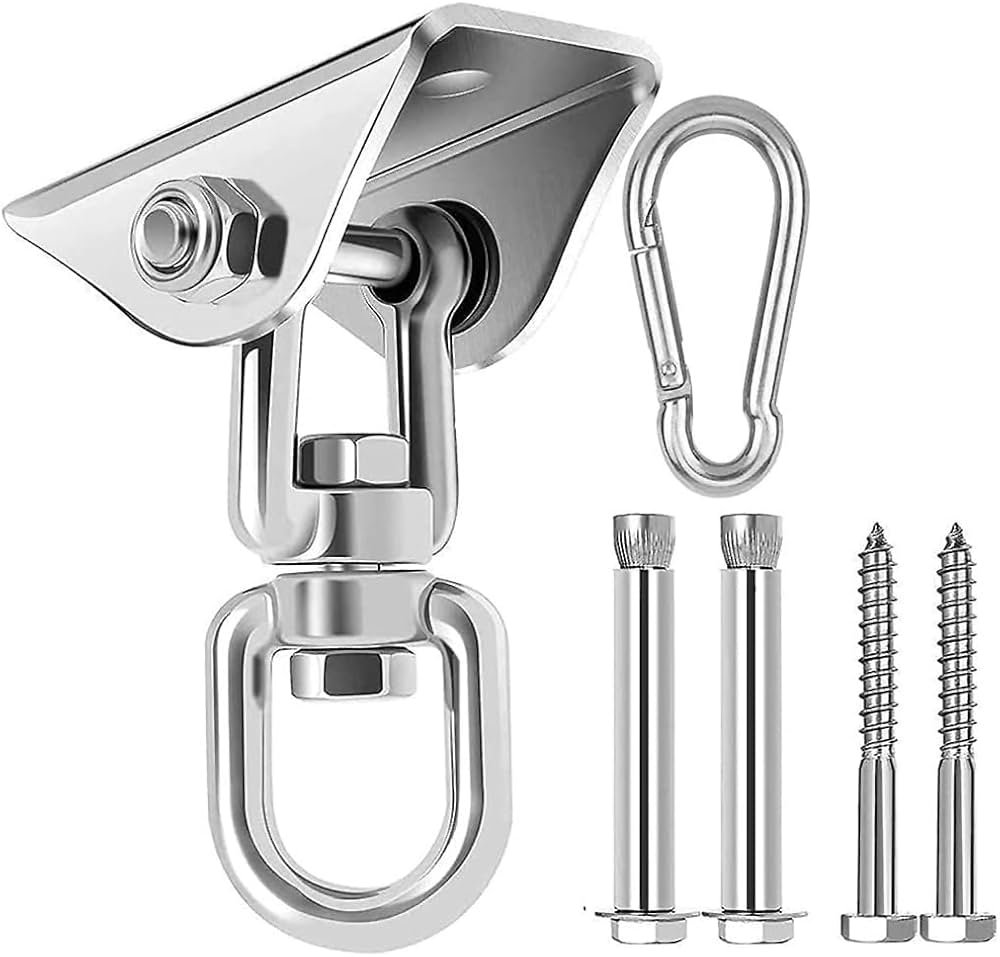
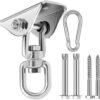
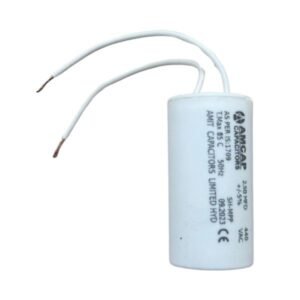
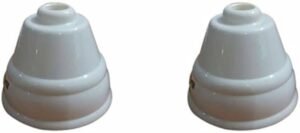

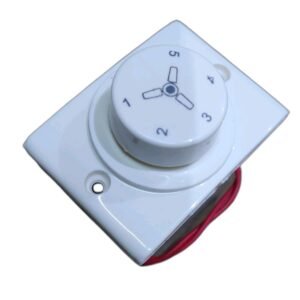
Reviews
There are no reviews yet.